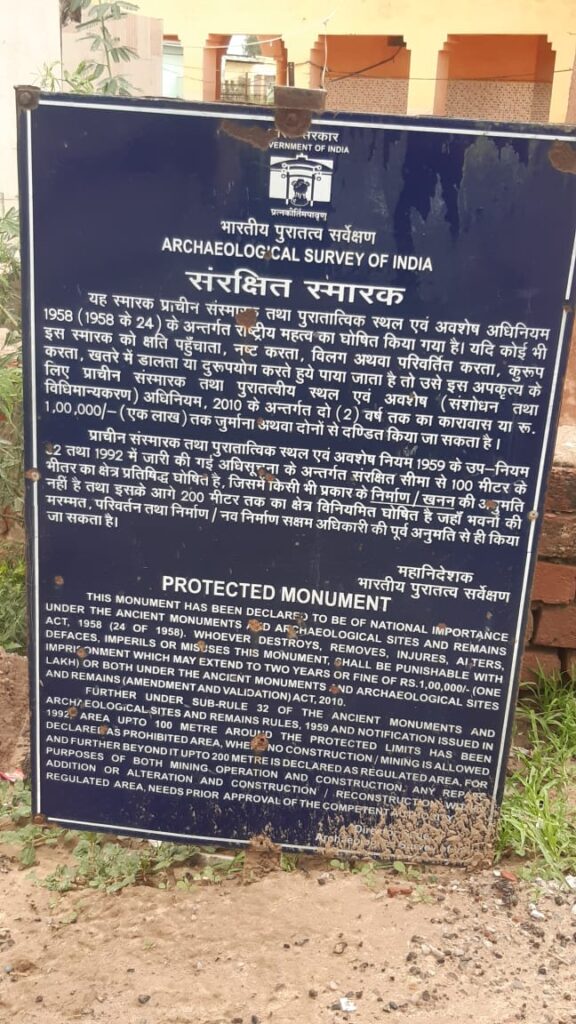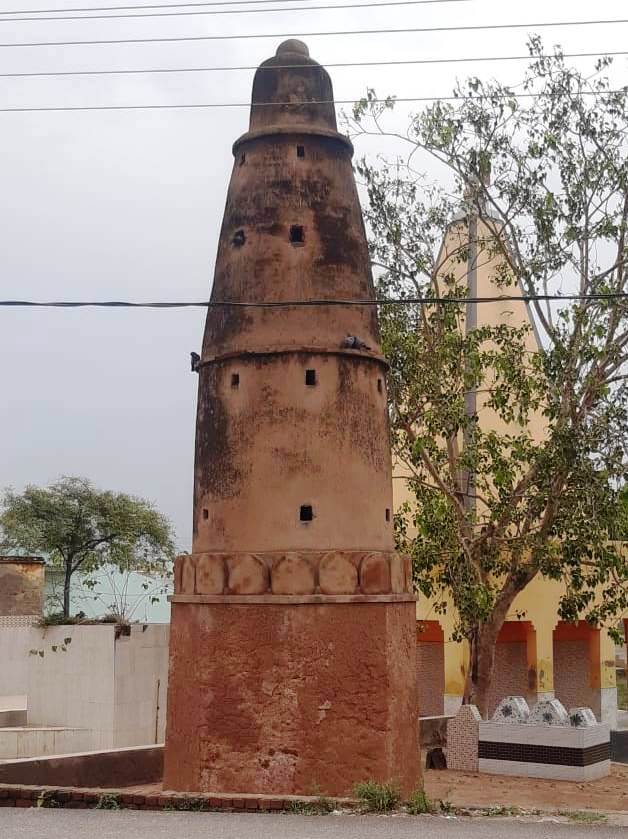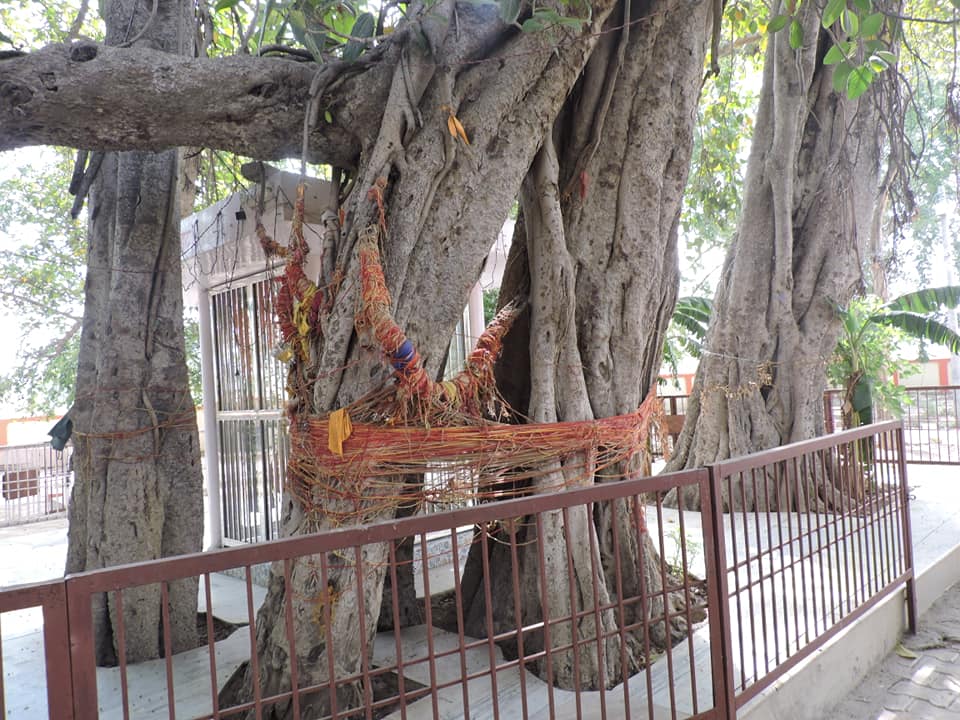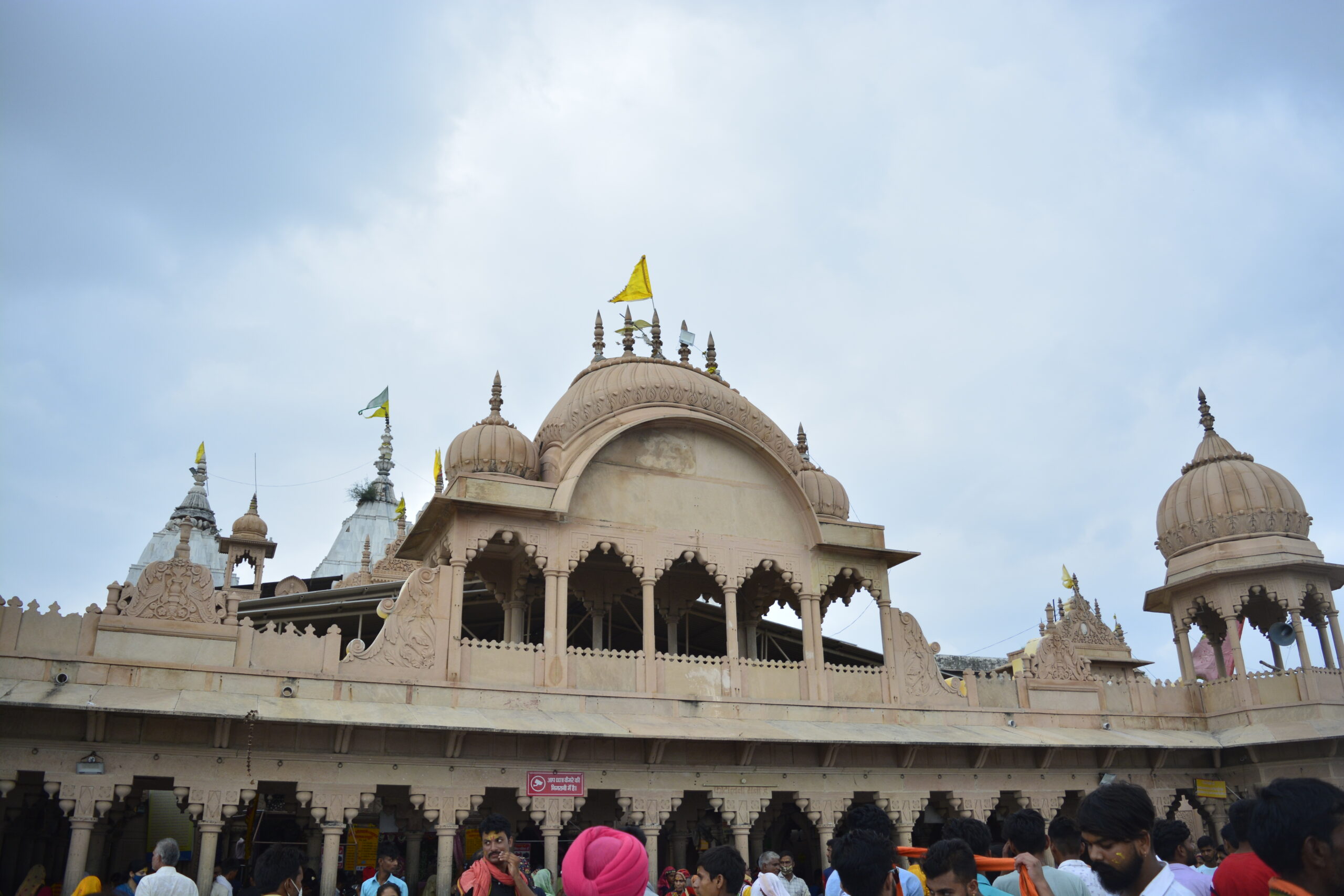
Braj has been very rich in terms of cultural heritage. The haphazard growth of urban clusters encroaching on the free space around monuments has posed a grave threat to the heritage structures of Braj region. Even the ASI protected monuments have not been spared by the unplanned development and the expanding cities.
Once showed the way to thousands the Kos Minars have lost their own identity in the fast changing landscape. The thirty foot tall medieval milestones built at every Kos along the Grand Trunk Road in North Bangladesh, India and Pakistan today stand isolated, lost in villages, farm fields, slums and near railway tracks. Declared a protected monument the heritage ‘towers’ have been encroached upon and vandalized in time to time by the locals of the area.
While there are several Kos minars in India, there are five of them standing on the NH 2 of the Mathura district. They can be seen between Chhatikara and Kosi.
The Kos Minar, also known as the “mile towers”, were erected along the main highways across the Mughal Empire to mark distance, with kos being a traditional unit of distance that has seen continuous use in the subcontinent for some three thousand years. A kos is roughly 2 miles or 3.2 kilometres.
Sher Shah Suri, who usurped the Mughal throne during the reign of Humayun, the second emperor, erected the first Kos minars. These 9-metre tall round pillars stood on platforms of brick plastered with lime. Akbar, the third Mughal emperor, decreed in AD 1575 that a Kos minar be constructed at every kos from Agra to Ajmer, “for the comfort of travelers”. Many sarais (Roadside inn) were built near these pillars. Although not as visually impressive as other Mughal monuments, the Kos minars played an important role in communication and transport in the vast Mughal Empire.
Later Mughal rulers Jahangir and Shah Jahan continued the practice of erecting kos minars, stretching the network from Bengal to as far west as Peshawar. Nearly a Thousand Kos minars were constructed for three thousand kilometers of Mughal highways.
Many of these have been lost of history, and surviving pillars are often in a state of disrepair. Most are found along the old highways today, particularly the Grand Trunk Road.





